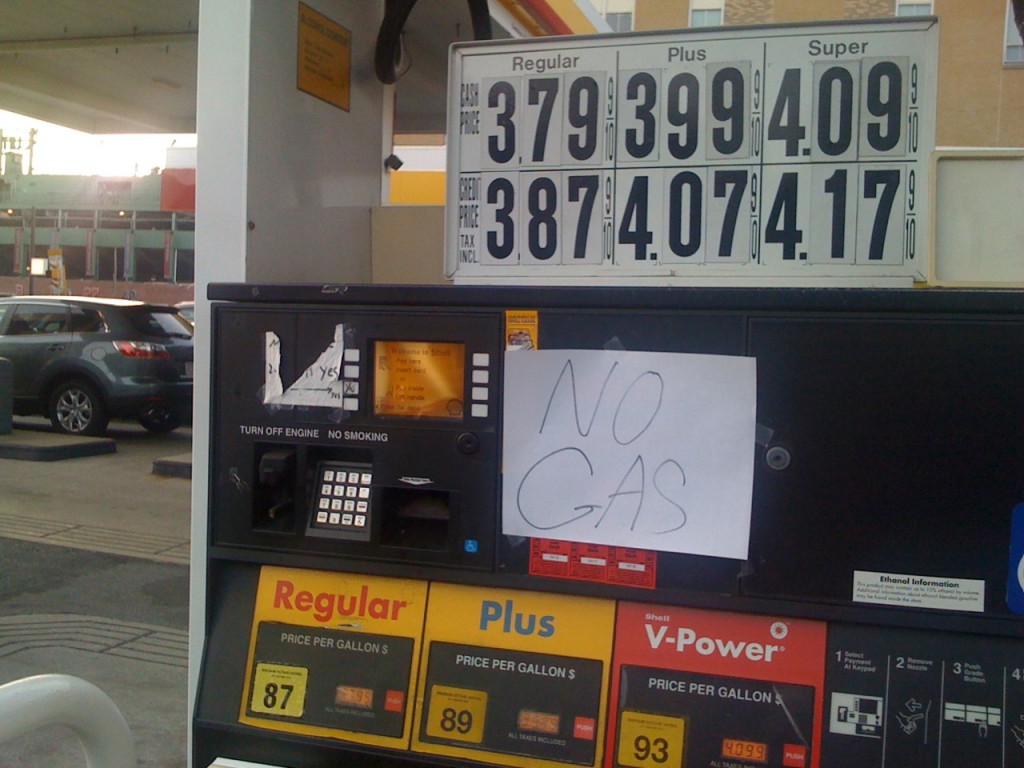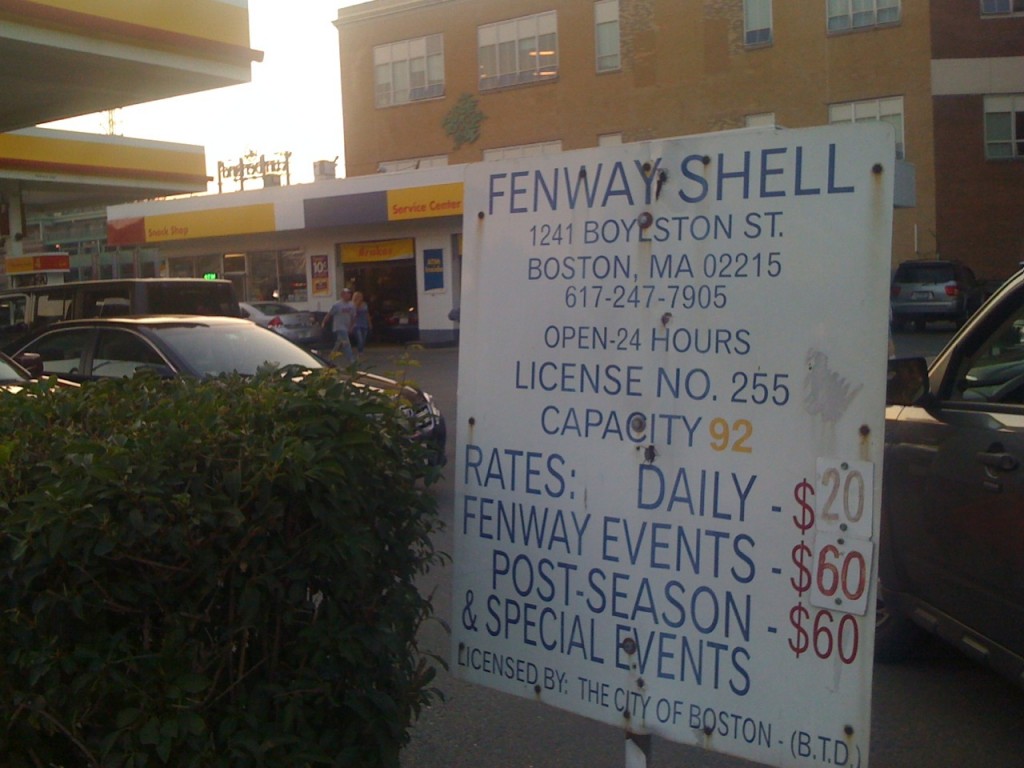FREAK-Shots: Tequilanomics, and Fenway Gas
From a reader in Annandale, Va., named Christopher Galen, who earlier sent in his daughter’s third-grade economics quiz (never too young to start!), comes this pricing quirk:

That’s right: the cost per unit is cheaper on the smaller version, which isn’t the kind of pricing we’re accustomed to in this supersize-me era. (For an interesting related read, see “Does Food Marketing Need to Make Us Fat?” and a Forbes summary of same.) As Christopher writes:
I’m passing along a photo I took Friday at one of the state-run ABC liquor stores in Fairfax, Va. … Neither [bottle] was on sale, and it contrasts with most other liquor offerings, where larger product offerings tend to have a lower unit cost.
Which led me to wonder — and no, I had not done any in-store sampling — is this simply the counterintuitive marketing strategy of a state-run enterprise? Is the store trying to discourage excessive alcohol consumption by making smaller product sizes less expensive?
Is the store counting on the fact that most tequila patrons may not be able to focus on the fine print?
All fine questions. But I fear — as with many pricing anomalies we’ve seen on this blog — there may well be less strategy involved than we think, and the quirk may be simply due to human (or computer) error.
While we’re on the subject of creative pricing, let me pass along a photo I took a summer or two ago at a gas station very near Fenway Park in Boston, where the Red Sox play:

Hmm — no gas. What do you think happened? Had there been a terrible storm that strangled the gas supply? Had there been a strike of gas-station workers?
Hardly. The occasion was nothing more dramatic than a Red Sox home game. The station’s real estate is apparently more valuable for parking than for selling gas:


Comments